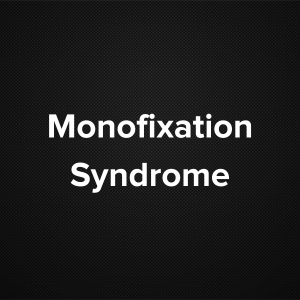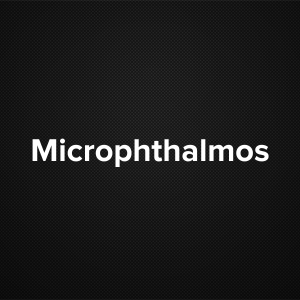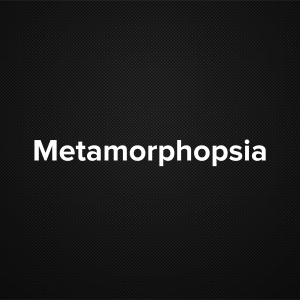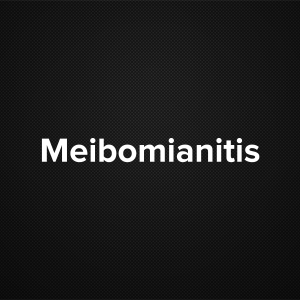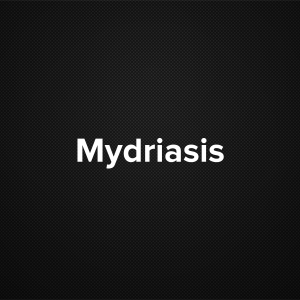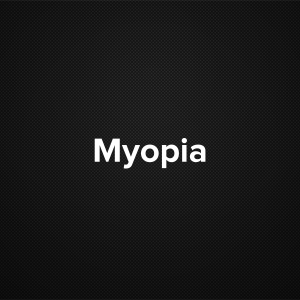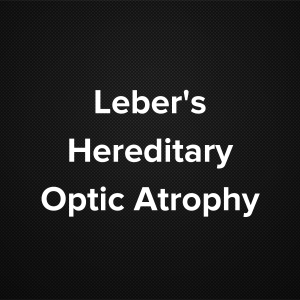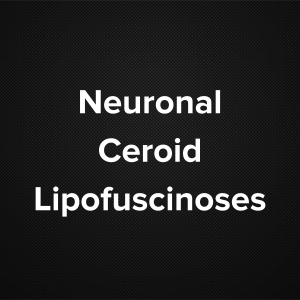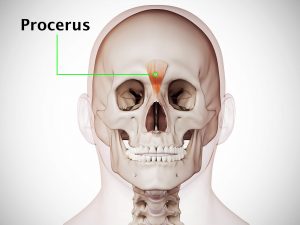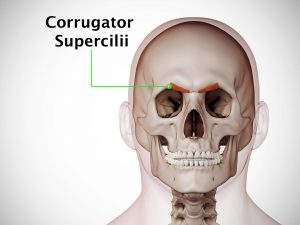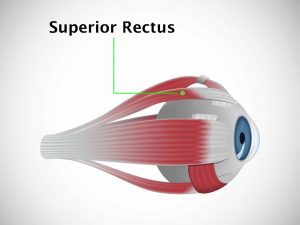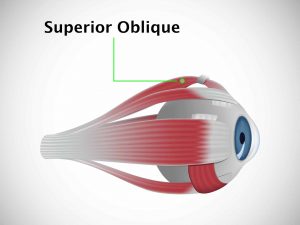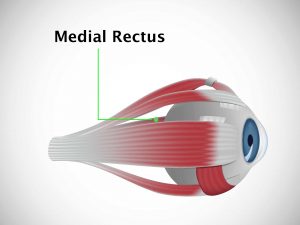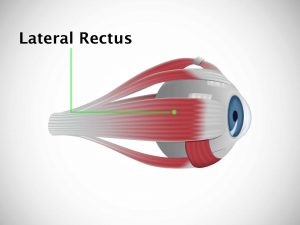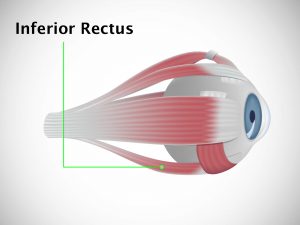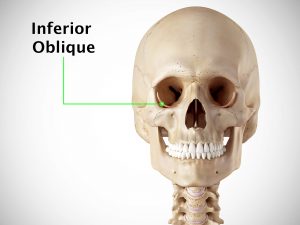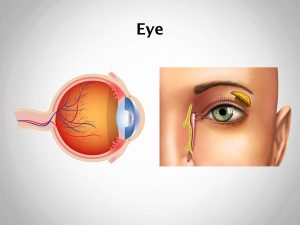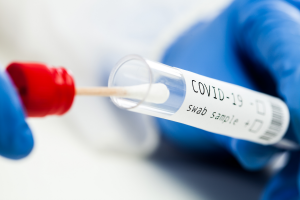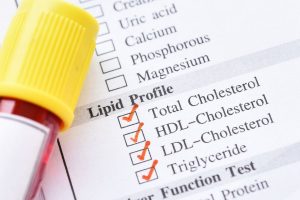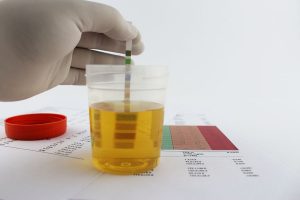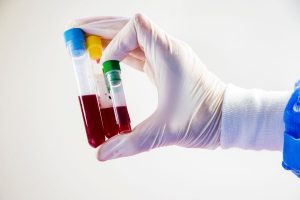Causes and risk factors
Subconjuctival haemorrhage occurs as a result of rupture of blood vessels under the conjunctiva. The blood can’t be absorbed by the conjunctiva which results in trapping of blood under its surface. This gives a bright red appearance to the eye. Rupture of blood vessels can be caused by increased venous pressure due to various reasons like violent coughing or sneezing, blowing nose, vomiting. It can occur due to activities like heavy lifting, rubbing your eye, scuba diving. Severe infections like leptospirosis may also cause the haemorrhage. It can also be caused due to certain medications like blood thinners. Direct trauma to the eye, during LASIK surgery, foreign body in the eye can lead to the condition. Diseases associated with subconjuctival haemorrhage are hypertension, scurvy etc.
Clinical presentation
Red patch on the white [sclera] of your eye is seen. There is no impact on vision and no pain in eye. There is no discharge from the eye. Patient experiences scratchy, gritty feeling in eye. There can be some discomfort in the eye.
Investigation
Medical history by the patient and Clinical examination by the ophthalmologist helps in diagnosis. Blood pressure is recorded. A routine blood test is recommended to rule out other causes. In severe cases like head injury etc, imaging studies such as CT scan of brain may be useful for further evaluation.
Treatment
No treatment is required for the patients of Subconjuctival haemorrhage. It is a self limiting condition. The blood gets absorbed within a week or two. Supportive care is given such as artificial tears for soothening of the eye and to prevent further infection. Medications like NSAIDs may be required.
Other Modes of treatment
The other modes of treatment can also be effective in treating Subconjuctival haemorrhage.
Homoeopathy is a science which deals with individualization considers a person in a holistic way. This science can be helpful in combating the symptoms. Similarly the ayurvedic system of medicine which uses herbal medicines and synthetic derivates are also found to be effective in treating Subconjuctival haemorrhage.

